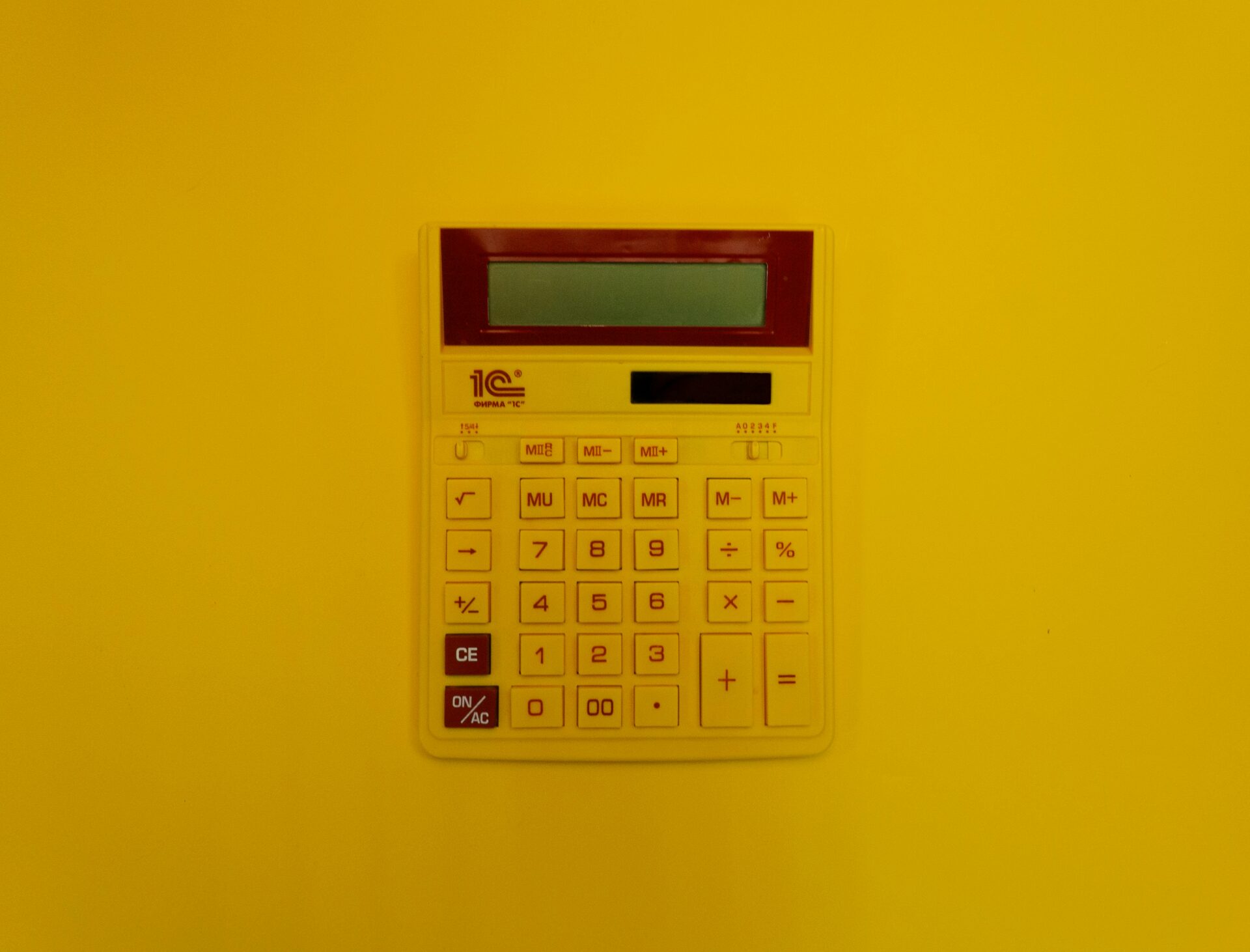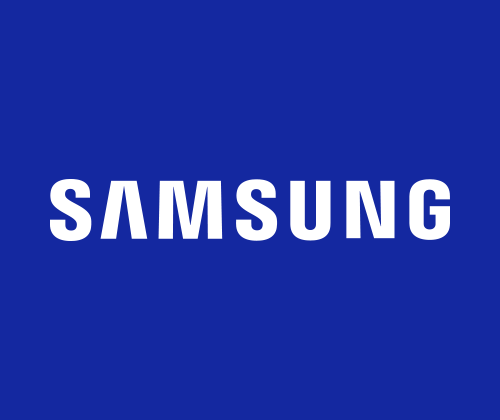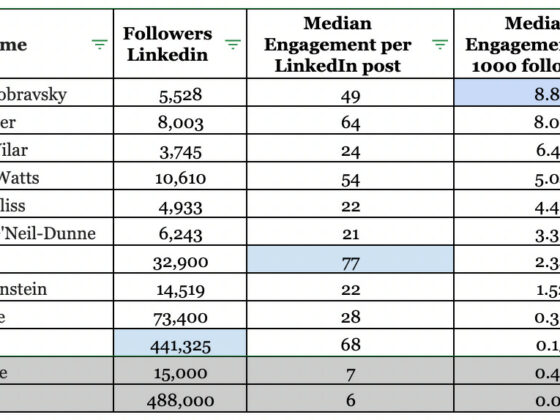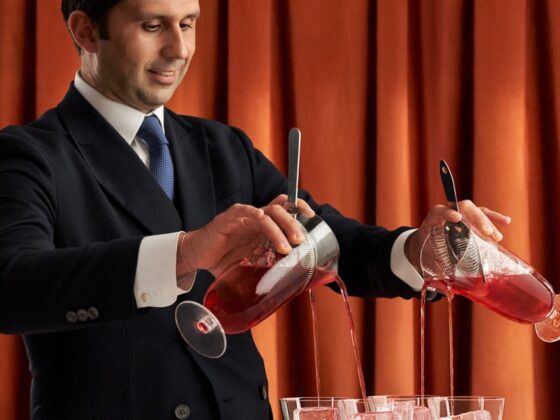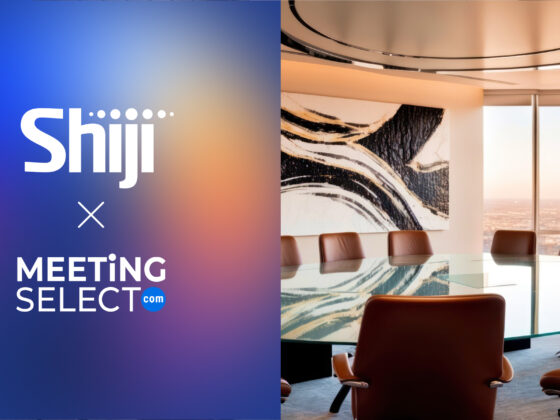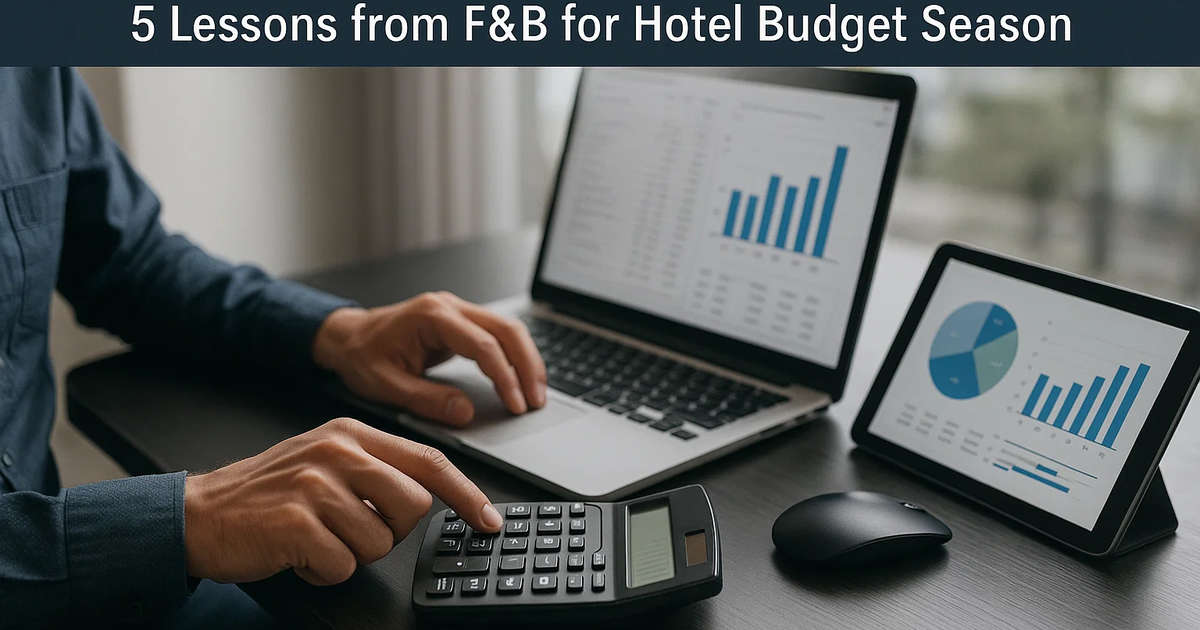
As hotels move into budget season, executives are once again scrutinizing expenses across departments. Food and beverage (F&B) often takes center stage because the practices for managing costs there are well established: portion sizes are tracked, spoilage is audited, and menus are engineered to maximize profitability. Operators know that without discipline, margins can erode quickly.
Yet, when it comes to technology—now one of the fastest-growing controllable expenses in hotels—the same rigor is not always applied. In many cases, technology spending is treated like a buffet: everyone piles on what they want, and the result is more than anyone can reasonably consume. But what hotels really need is a tapas-style approach: carefully portioned, intentionally plated, and designed to maximize value.
The payoff for getting this right is significant. According to McKinsey, companies that modernize their digital tools see productivity improvements of up to 20% across departments. For hotels, this means streamlined group sales, faster RFP responses, reduced manual work, and greater capacity for staff to focus on guest-facing tasks.
Applying the same mindset hoteliers bring to F&B cost control can transform how technology investments are evaluated and managed.
1. Purchasing & Procurement: Quality Ingredients First
Chefs don’t over-order lobster tails without a forecast, nor do they source from suppliers who can’t guarantee consistency. Technology decisions deserve the same discipline.
Hotels should approach procurement with the same lens used in F&B: value, longevity, and quality. The goal is not to accumulate systems, but to ensure that each investment serves a clear purpose and integrates seamlessly into the larger operation.
The best hotel platforms are designed for scalability. They are flexible enough to support single properties as well as multi-brand portfolios, and they evolve with the industry. Like sourcing high-quality produce, the priority should be solutions that are fresh, adaptable, and capable of supporting tomorrow’s needs—not just today’s.
Hotels that align technology procurement with strategic goals are better positioned to protect budgets in the long term. Instead of evaluating only upfront costs, leaders should measure solutions against their ability to reduce labor hours, drive sales, and enhance guest satisfaction.
2. Portion Control: Everyone Gets a Seat at the Table
Portion control in F&B prevents waste and ensures margins hold steady. In technology, the concept is about access—but rather than rationing, the smarter approach is to ensure everyone has a seat at the table.
The most forward-thinking platforms offer unlimited-user licensing. Instead of limiting access to a handful of administrators, unlimited models empower every sales manager, catering coordinator, and event professional to work within the same system. This encourages adoption, creates consistency, and ensures the full value of the platform is realized.
For group sales teams, in particular, this makes a measurable difference. According to a report by Knowland, hotels that respond to RFPs within 24 hours are twice as likely to win the business compared to those that take longer. Unlimited-user access allows multiple team members to collaborate on proposals simultaneously, cutting turnaround times and improving win rates.
When access isn’t rationed, technology becomes a shared resource that strengthens collaboration and efficiency across the entire operation.
3. Spoilage: Keep the Pantry Fresh
Every F&B operator dreads finding wilted produce in the walk-in refrigerator. When it comes to technology, spoilage doesn’t mean unused apps, it means outdated systems that no longer serve the business. Legacy platforms can slow down operations, limit reporting capabilities, and frustrate staff with clunky interfaces.
Hotels that regularly review their technology “pantry” ensure that only the freshest, most relevant systems remain on the menu. This doesn’t demand cutting tools, it is more about refreshing the lineup with modern platforms that can integrate with property management systems, CRMs, and revenue management tools.
A recent Flexera study found that companies with structured software management processes save an average of 25% on their IT spend. For hotels, the takeaway isn’t about spending less, it’s about ensuring every system is in active use, integrated, and aligned with business priorities.
4. Menu Engineering: Spotlight the High-Margin Platforms
Menu engineering is a staple of F&B management: highlight the dishes with the highest margin, and quietly retire the ones that drag down profitability. The same principle applies to hotel technology.
Hotels should prioritize systems that directly impact revenue or efficiency. For example, automated proposal generation tools that reduce response time from days to minutes, or group sales platforms that consolidate workflows and improve conversion rates.
Research from HSMAI shows that group business accounts for 30–40% of total hotel revenue in many markets. Optimizing the systems that support this revenue stream such as sales and catering platforms should be a top priority. Conversely, legacy tools that no longer align with strategy should be evaluated carefully.
By treating the technology stack like a menu, hotel executives can focus investment on the platforms that consistently deliver high returns, while retiring those that no longer earn their place.
5. Inventory Control: Know Your Forks and Firewalls
Just as F&B managers track every fork, glass, and wine bottle, hotels need transparency into their technology inventory. That includes user licenses, contract renewals, and system integrations.
An accurate inventory prevents duplication, ensures teams are fully equipped, and supports better forecasting during budget season. For management companies overseeing multiple properties, standardizing on a core set of platforms can deliver both consistency and economies of scale.
Transparency also builds confidence at the ownership level. Investors and asset managers want to know that technology investments are strategic, cost-effective, and aligned with property performance. A well-documented inventory makes those conversations easier.
A Budget Season Recipe for Success
This year’s budget season brings familiar challenges: rising labor costs, evolving guest expectations, and the need to do more with less. Technology provides one of the few levers hotels can pull to protect margins while still enabling growth.
The lesson from F&B is not about cutting corners—it’s about discipline. Portion carefully, source intentionally, refresh the pantry regularly, and design the menu to emphasize what sells. In hotel terms, that means:
- Investing in quality, scalable platforms rather than short-term fixes.
- Adopting unlimited-user models that empower every team member.
- Refreshing systems to keep operations current and efficient.
- Prioritizing the platforms that directly contribute to revenue and guest satisfaction.
- Maintaining a clear, portfolio-wide inventory of assets and contracts.
Hotels that apply these principles won’t just control costs—they’ll ensure technology spend translates into measurable business impact. Because whether it’s tapas or technology, the best outcomes come from a menu built with intention, balance, and discipline.
Mike Pavicich
Vice President of Global Sales
SalesAndCatering.com, LLC
